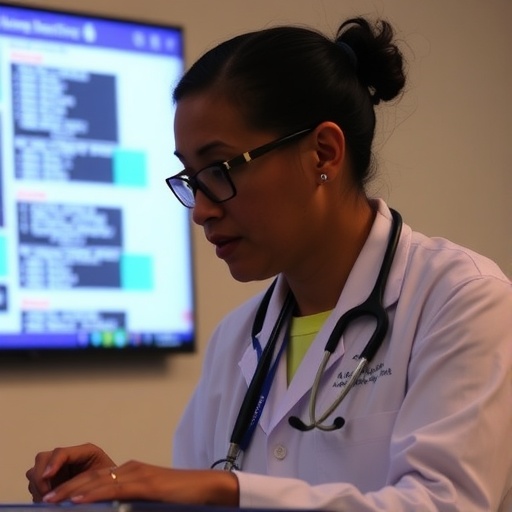
Credit: University of Pittsburgh
PITTSBURGH (May 12, 2020) … In Pennsylvania and other U.S. states, one of the keys to safely reopening society amid the COVID-19 pandemic is providing sufficient testing so that new cases of the disease do not overwhelm the public healthcare system. University of Pittsburgh professors are reimagining testing using a device that nearly every American owns — a smartphone.
Using the existing hardware and computing power of commodity smartphones, this project aims to perform non-invasive at-home testing for COVID-19 infection, and it was selected for funding by the National Science Foundation through its RAPID award program in response to the COVID-19 pandemic.
The goal of this work is to provide an easy and low-cost way to monitor and diagnose a large population without the need for special equipment or the involvement of clinicians. It can ultimately be applied to other acute or chronic respiratory diseases, in addition to the novel coronavirus.
“In this project, we will develop new mobile sensing and artificial intelligence techniques for in-home evaluation of COVID-19 in an effort to quickly and effectively identify viral disease carriers,” said Wei Gao, lead researcher and associate professor of electrical and computer engineering at Pitt’s Swanson School of Engineering.
“We hope this work will also help identify negative cases caused by other diseases with similar symptoms, and therefore, help eliminate unnecessary hospital visits during this pandemic,” he said.
Gao and his team will build upon smartphones’ microphones and speakers to develop acoustic sensing that can measure changes in human airway mechanics, which are uniquely correlated to COVID-19 infection.
“We will begin by designing new acoustic waveforms to minimize acoustic signal distortion in human airways,” Gao said. “We will then develop new signal processing techniques for accurate measurements and eventually apply deep learning techniques to create generic models that depict the core characteristics of airway mechanics.”
The system will be implemented as a smartphone app that a user can easily download, install, and operate. Users will need to use a smartphone adapter as a mouthpiece so that the phone’s microphone and speaker can transmit and record acoustic signals from human airways.
If successful, this research will help accurately identify cases of COVID-19 without a visit to the hospital, which could subsequently help contain the spread of the highly contagious virus.
This project is a collaborative effort with Heng Huang, John A. Jurenko Endowed Professor of Electrical and Computer Engineering at Pitt, and clinicians at the University of Pittsburgh Medical Center Children’s Hospital.
###
Media Contact
Leah Russell
[email protected]
Original Source
https:/




